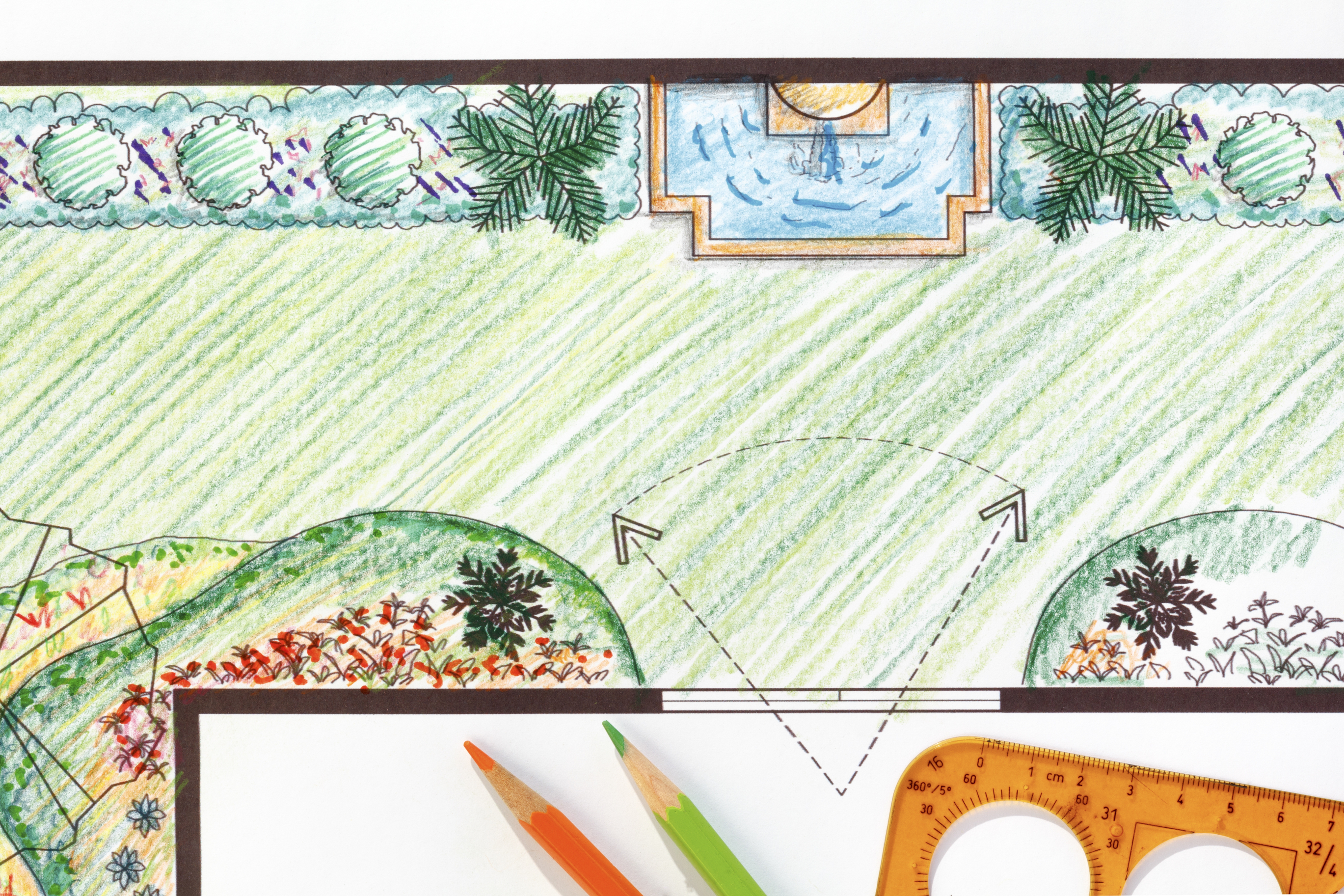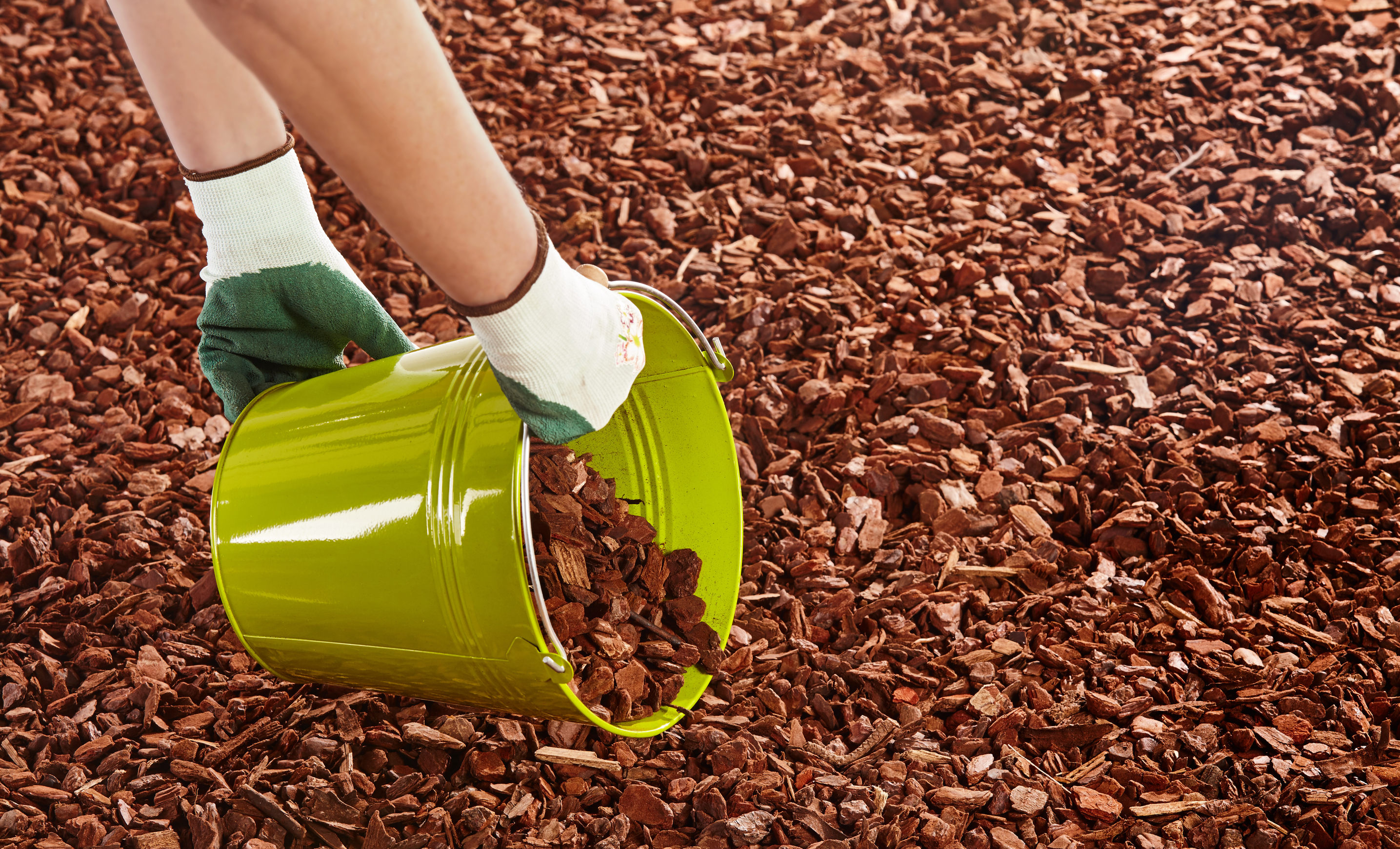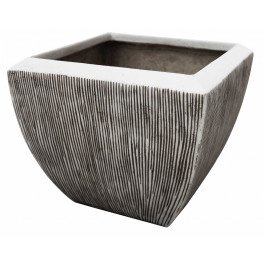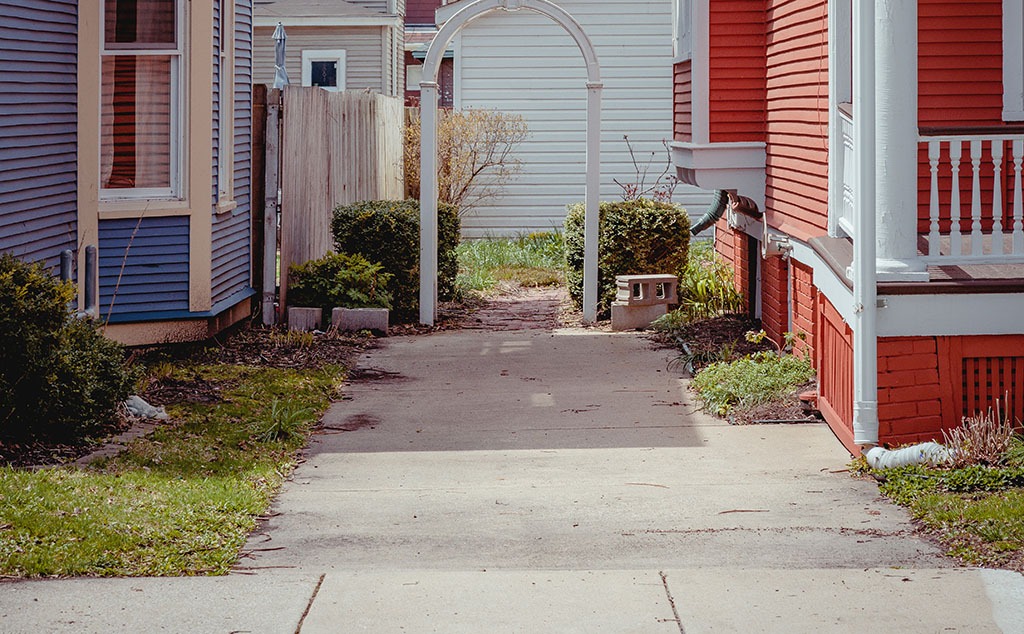It doesn’t matter how much effort you put into planting a perfect vegetable or flower garden, if you have deer in the neighborhood, you probably need a deer-proof garden fence.
For the last three years, we’ve had the same herd of deer frequent our yard — and do they ever love my garden! I was tolerant for the first two years, but since I put so much effort into starting seeds and thoroughly planning my raised garden beds, I knew I needed a solution to my “deer problem” this year. I definitely don’t want to cause harm to the friendly deer family, so I decided that building a temporary deer fence was the best resolution. The best part is that once the planting season is over, I can remove the fence until I need it again next spring.
If you’re interested in keeping animals out of the garden, consider a deer-proof garden fence. It’s easy, affordable, and extremely effective!
Create a Plan
Ideally, you want your garden completely protected from deer. However, you still need room to navigate the garden beds. Plan to build your fence at least 2 feet out from your garden beds. This allows plenty of space to walk and kneel to work in the beds.
Draw out a plan that takes into account any fencing or other obstacles that may be in your way. For example, our garden beds are 3 feet from our main fence and 2 feet from our compost bin. Don’t forget to choose where you want your entry door.

Photo by toa555 on Adobe Stock
Consider a Ground Cover
Before you begin building your temporary deer-proof garden fence, think about how to plan to deal with weeds/grass within the confines of the fence. Since we knew that mowing would be an issue, we decided to line the ground with landscape fabric. Then, we placed wet newspaper of the fabric to further decrease the likelihood that weeds would peek through the fabric. Finally, we covered the area with a thick layer of pine needles (our mulch of choice).
While not necessary, considering the ground will help you manage weeds and make your life a bit easier. Gravel and wood mulch are two other great ground cover options.

Photo by exclusive-design on Adobe Stock
Gather Your Materials
- Landscape fabric
- Mulch/ground cover
- Metal T-posts
- Common 1-by-2-inch cedar boards
- Polypropylene mesh deer fence (at least 7 feet tall)
- Zip ties
- Post driver
Set the Posts
Once you’ve taken care of the ground cover, it’s time to set your posts. Lay each t-post down where you plan to drive it into the ground, making sure each post is around 4-7 feet from one another. If the posts are too far away the fencing material may appear baggy.
Drive the posts into the ground using a post driver. For the best result, use a level so that the post goes in straight. It goes without saying, but it’s helpful to have a helper hold the post while other drives it down.
Once the post is in the ground, you may notice that it’s not nearly tall enough to fit the over 7-foot deer fence. To remedy this issue, cut 1-by-2-inch cedar boards to length and secure tightly to each t-post. I used regular zip ties because they’re easy to remove and adjust as necessary.
Install the Fence Material
Now that your posts are up, open the package of deer fence material. Secure the polypropylene fence to each t-post/cedar board using zip ties, beginning at the left side of the entryway and working your way around clockwise.
For a clean look, cut the excess off each zip tie.
Create a Gate/Door
I chose to place my door directly in the middle of my fence and in between my garden beds. Instead of closing up the entryway, attach a 7-foot cedar board to the end of the fence material with zip ties, making sure you have enough fencing to close the entryway gap.
Then, find a way to secure the cedar board to the adjoining post. I used a basic spring clamp I found in my garage.
Since installing the deer fence 4 weeks ago, our plants have remained safe and sound from our hungry neighborhood deer.
As you can see, building garden fences is fairly simple and it’s one of the easiest and more effective DIY garden projects you can complete in just a few hours.


























